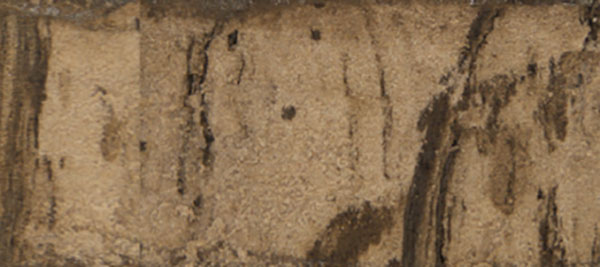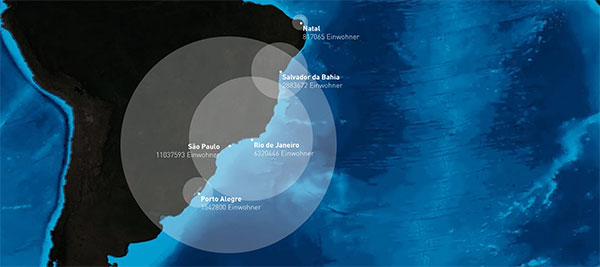
Sediment Cores - a Look at Local History


Sediments are an unparalleled archive of a region's geological and ecological development. They form in layers over thousands of years. Information on landscape formation, environmental conditions as well as the habitation of organisms is stored in the sediment. Humans influence the natural development of the coasts. Yet what effects can be expected? In order to better assess the impact of building projects, for example, scientists need a broad understanding of the natural development of the coast. Only with this knowledge, can we say something about the future.
The Landscape History of the Parnaiba Delta in the Sediment Core
German and Brazilian scientists have been doing research on Brazil's coast together for many years. The focus lies on the development of the coast since the last ice age when the sea level was approximately 120 meters below its current level. In addition, the scientists are studying the reaction of the coast to natural and man-made changes. They work in river deltas along Brazil's north east coast, among them deltas influenced by humans and deltas like the Parnaiba Delta that have remained untouched.
This sediment core was extracted using an easily transportable vibrocore drill at the north Brazilian, sparsely populated Parnaiba Delta. Approximately 5,900 years ago, the sea level here reached 1.20 meters higher than it does today. Thereafter the water level sank continuously. The 3.10 m long sediment core reveals the depositional history of the last 2,000 years. The radiocarbon method allowed scientists to determine the age of a piece of wood they found at 1.96 m. It is around 1,400 years old. The deposits show the change of the landscape as the river delta slowly shifted towards the sea. The lower layers of the core, and thus the older sediments at 3.10 m and 2.20 m, are sandy. This indicates that the surroundings were open coasts. The alternating sandy and finely grained clay layers (at 2.20-0.73 cm) further indicate the formation of a lagoon. Possibly a sand hook had developed causing a water calming zone. The lagoon gradually dried up (at 0.73-0 cm wood pieces suggest the existence of mangroves).
The development of the lagoons in the Parnaiba Delta is similar to the development in the protection of the sand hook Bottsand, northeast of Laboe at the entrance to the Kiel Firth.
Definition of Coast
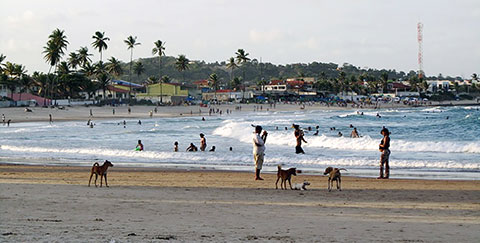

Different fields of study define coastal zones – the transition between land and sea – in different ways. Geoscientists see coasts as the tidal area between dunes and the sea up to a depth of 200 m. International law says that the coast and thus the sovereign area extends up to the 12th sea mile. On land, scientists commonly define the area below 10 m above sea level which is directly connected to the sea as part of the coast. One could also consider coastal regions in functional terms as the area of land and sea where special coastal activities such as fishing industry and beach tourism occur.
Coast – tension between humans and environment
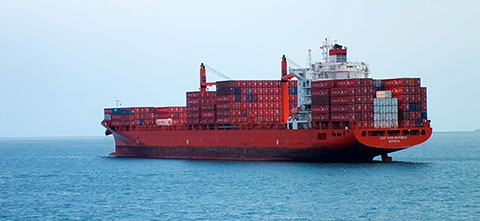
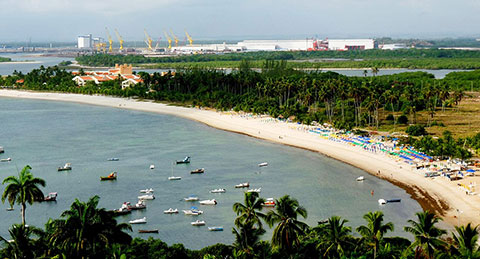
The coastal zones around the world have manifold natural forms as well as a unique biodiversity with important ecologic functions. This offers humans an abundance of resources and services. Coasts are one of the most densely settled and most intensely used areas on earth. The increasing settlement, harbor and industry expansions, tourism, deforestation of coastal forests, river damming and sewage disposal have extensive consequences for the natural coastal habitats and therefore also for the humans that live on the natural resources there.
Sustainable Development of Coastal Zones
Integrated Coastal Zone Management (ICZM) is meant to reduce the pressure of exploitation and conflicts. Specific measures will insure that the diverse activities and interests in coastal zones are better coordinated and sustainable development of the region is supported: Economic, ecologic and social aspects are considered in equal measure with the participation of the public; this means that coastal inhabitants are well informed and can contribute. In the last 10 to 15 years many countries, including Germany and Brazil, have developed regional ICZM strategies.
